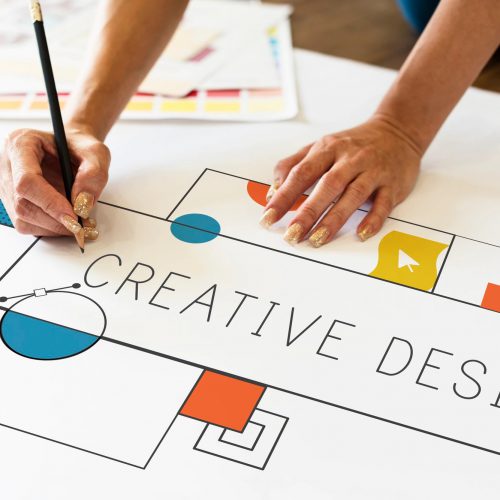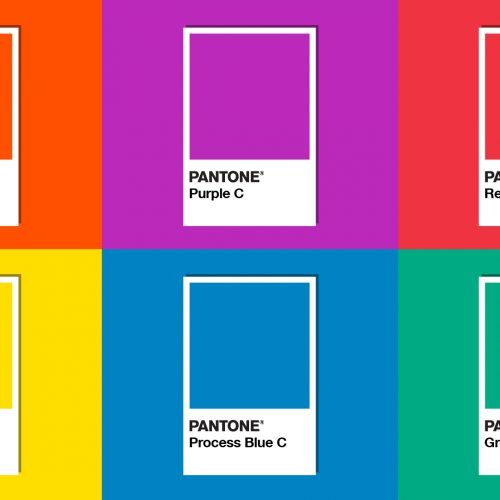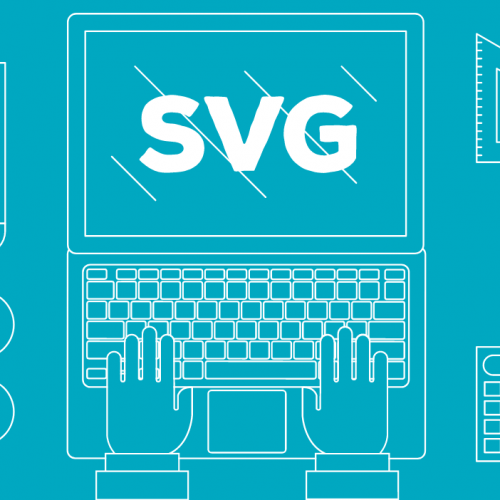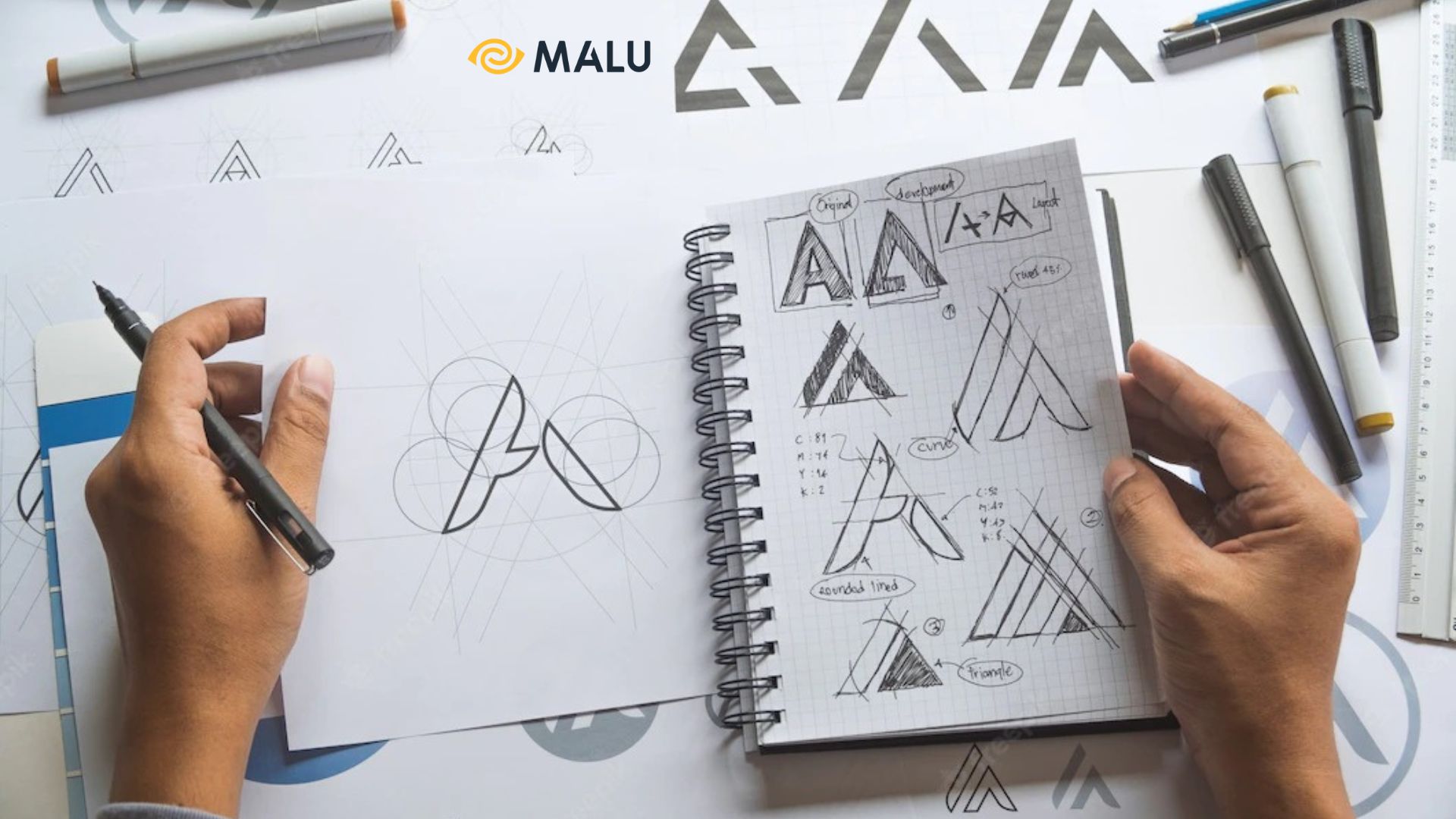
Sketch is an extremely important step in any design process. So what is a sketch? Let’s find out through the article below with Malu
What is Sketch?
Sketch in the traditional sense is a rough pencil or color drawing that an artist uses to record his preliminary ideas so that the work will be done with greater precision and detail. Sketch can be a sketch, a freehand drawing done quickly, and of course it is not a finished work.
Sketch is used for many different purposes such as recording an object / event that artists see, developing an idea, or sketching an image from an idea to make it more specific.
There are many ways to sketch using Silverpoint, graphite, pencil, charcoal or pastels. It is also applicable to drawings with ink, ballpoint, watercolor and oil paints. As for the sculptors, they can sketch the tissue with clay, lead or wax.
Classification of sketches
Sketch
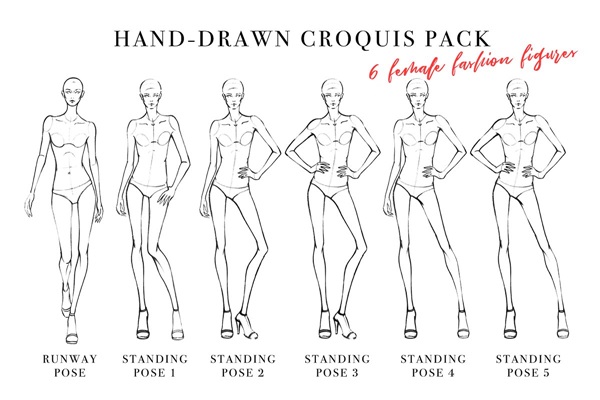
Croquis is a symbolic way of drawing, to determine the shape, position of a person or an event at an early stage in the drawing. The sketch with many rough and hard lines shows the hurry and lack of time of the artist drawing when drawing. Croquis has been around for a long time, but recently, this sketch has become popular with fashion designers, they only sketch a living model to keep the pose, and the clothes or appearance of the model come out. Why don’t they draw it out?
Pochade
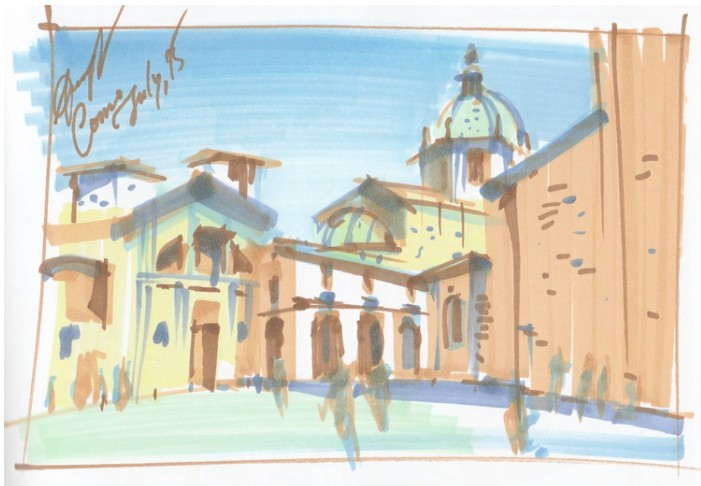
The form of sketching in which the artist brings the canvas outside and quickly sketches the scene then they bring the sketch back inside and continue to compose.
Nowadays, many anime artists tend to sketch in pochade because it is quite easy. This style is mainly used to capture landscapes, or re-enact real life in their work. Pochade is an upgraded version of croquis; croquis doesn’t use as many scenes, objects, and emotions as Pochade.
Vincent Van Gogh is an artist known for his pochade sketches; He often takes his canvas or the surface of the material he’s working on outside to do sketches, then finishes the rest indoors. Van Gogh would actually sketch on the surface of the painting and believes pochade is a great skill to possess.
Portrait
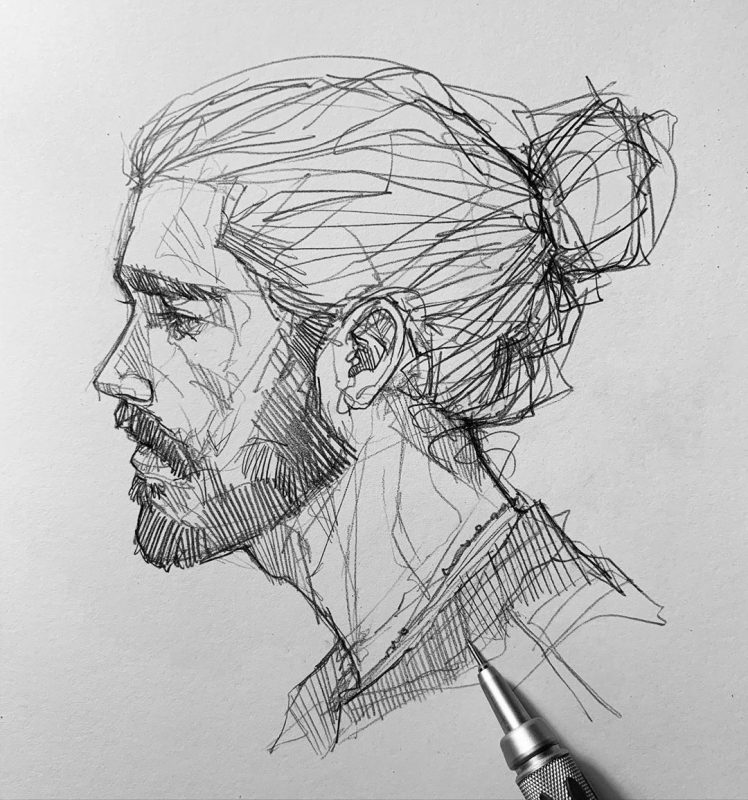
Portrait sketching is known to be the most difficult form of sketching; because they can stand on their own like other works of art without much editing. Today, they are used to find the perfect angle when drawing people; The artist will draw from many different angles and then choose the best angle. Portrait sketches are also used to capture subtle emotional expressions on canvas.
Orthogonal
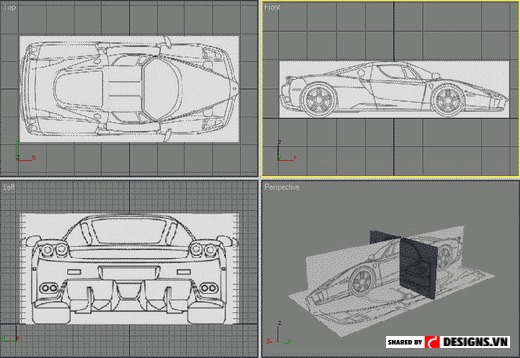
Orthogonal drawing is drawing diagonal lines that can be drawn along parallel lines (or rows of objects) to the vanishing point. Orthogonal is a mathematical concept that means “at right angles” and involves orthogonal projection, another method of drawing 3D objects. The term can be used to refer to vanishing lines used in perspective drawings because these are the right angles to the plane before viewing an object at a single point angle, or at right angles. must be within the angle of the two points above.
Isometric
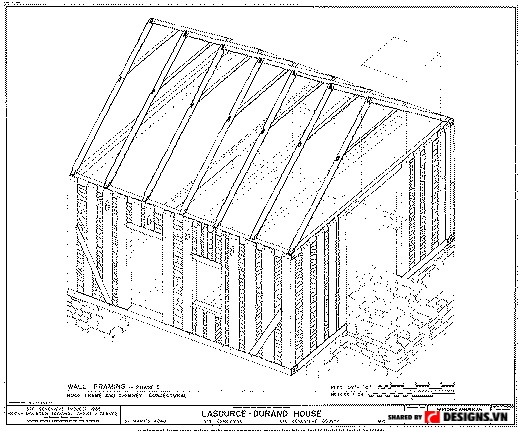
An isometric drawing is a 3D drawing. They show all three faces, all dimensions of the dimensions, but none of the faces are shown as a correct shape with a 90 degree angle. All vertical lines are drawn vertically but all horizontal lines are drawn at a 30 degree angle to the baseline. Isometric is an easy method of drawing 3D images.
Oblique
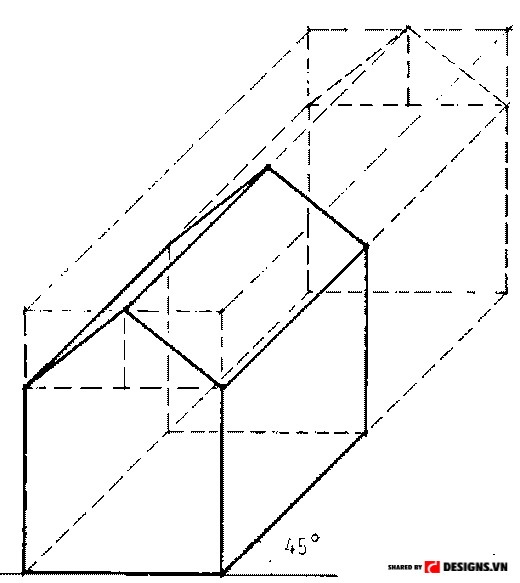
Oblique drawing is also used in engineering. Objects are drawn with distinct features in a direct position to the observer, indicating the true shape of these features. Circular features such as round holes can be drawn on this front like a true circle. In other 3D forms, circle features must be drawn as ellipses. To see the 3D effects, parallel lines (called ‘line of sight’) are drawn at an angle from the front face.
The importance of Sketch in design
1. Develop ideas quickly
Sketch is a great way to find concepts. You can sketch for an hour or two and find many possible solutions to a design problem. This is an essential step in the design process. It will save you time working through the concept on paper before transferring it to the computer. Although it is possible to build sketches on a computer, it certainly cannot be as fast and feel as good as on paper.
2. Basic composition or layout
Sketch is a quick way to create the basic elements of your illustrations. They are also used in web design and graphic design, so that designers can quickly evaluate layout options. You can create a series of thumbnail sketches, or larger ones. As long as your sketch is good enough for the artist to grasp the essentials, detailed drawing is not necessary.
3. Customer communication and approval
Sending sketches to customers in advance will save you a great deal of time. The more detailed the project, the sooner you’ll want them to approve. So, instead of spending hours on a masterpiece illustration, you should send a sketch to them to choose before starting to complete. Getting thumbnail approvals from clients is a common part of the illustration process. It is also popular on large logo design projects and others.
4. Fine-tune visual solutions
The process of creating a design or illustration at later stages involves fine-tuning. If the overall concept and operation of the product is good, but only one element is unsatisfactory, this will usually be corrected in subsequent rounds of sketches. Visuals will make it easier for product developers to spot and correct mistakes.
Applications of sketch
Sketching allows you to share your vision of a project with others before you even start working with time-consuming tools like Photoshop, Illustrator, or Flash.
You don’t have to be an artist to create full sketches, just be able to convey your ideas on the page.
Sketching allows you to put an idea on paper as soon as it pops into your head. If you are the type of person who often comes up with new ideas through sketching, you should keep a small, unlined notebook with you at all times so you can catch ideas as soon as they flash.
If you have an iPad and nimble fingers, think of the iPad as a scrapbook where you can draw sketches with your fingers and then instantly email them to yourself or someone else.
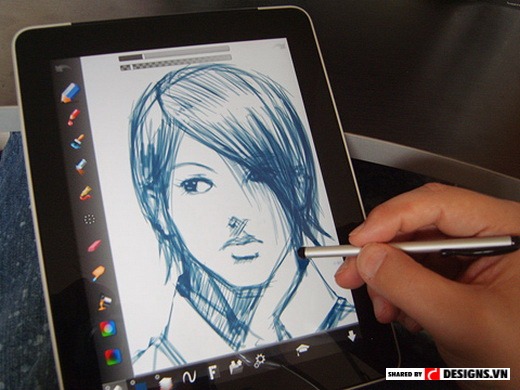
1. Illustrations
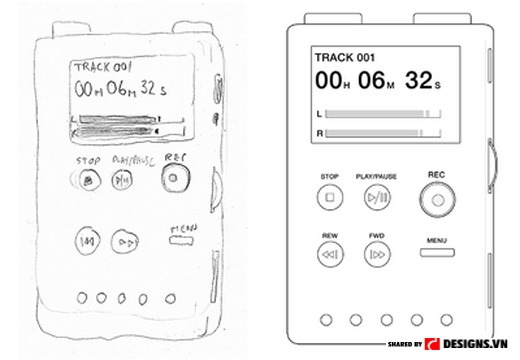
2. Interactive media
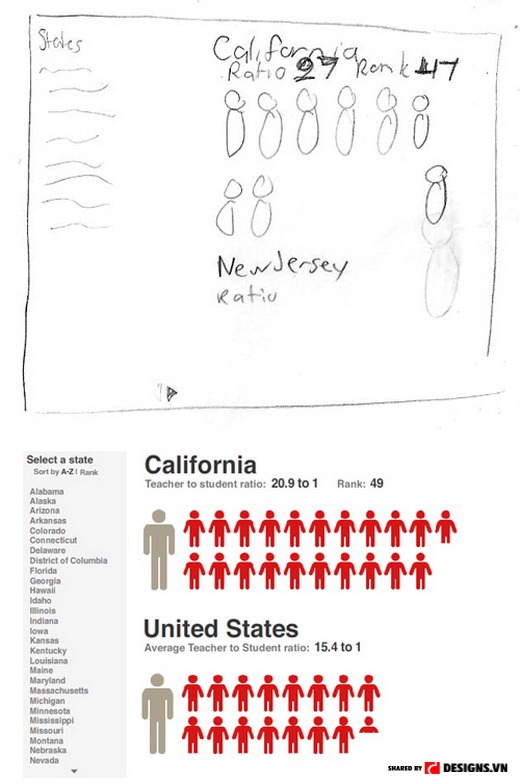
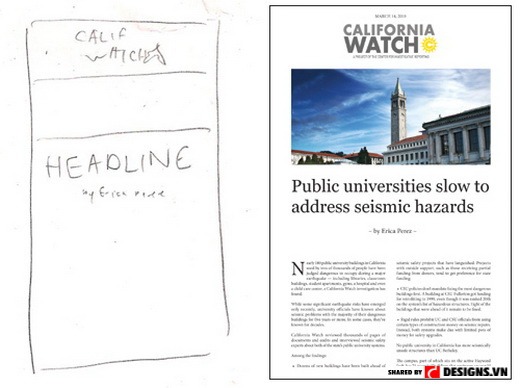
3. Website Design
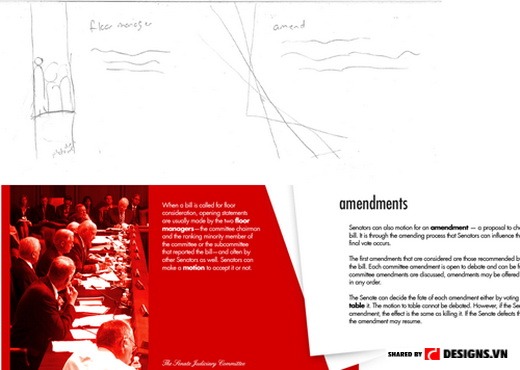
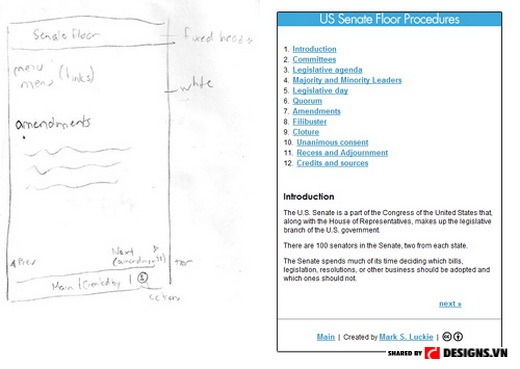
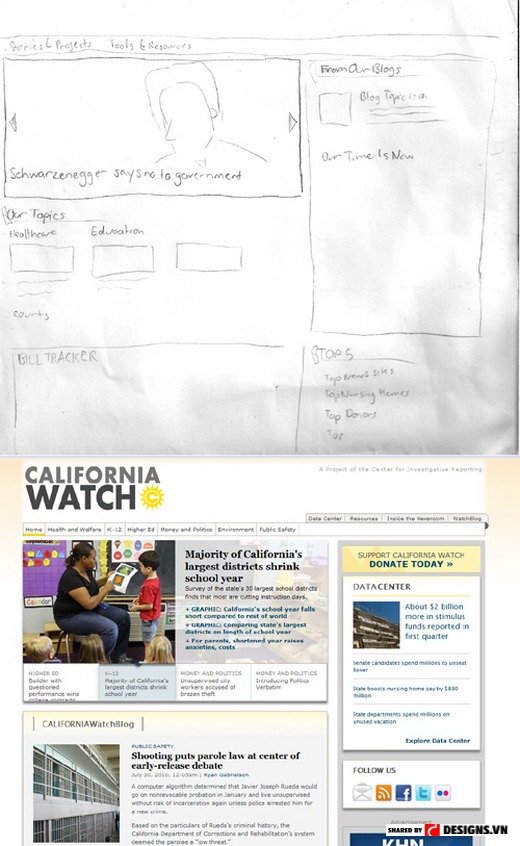
Web designers are probably familiar with the sketching process . The wireframing process allows designers to define the structure of the website.
How to learn sketch?
1. Start by listing some initial words/terms/thoughts that best describe your idea . These words, when analyzed correctly can give you a starting point of what to outline.
2. Don’t be afraid to make mistakes . Remember you are sketching to come up with INITIAL ideas to be used in your FINAL designs. So mistakes are inevitable and most of them will help you to develop new opportunities and better ideas.
3. Sketch anything and anywhere you go . Take a pen and a sketchbook or a small notebook with you wherever you go. Sketch anything you think is interesting and could be an inspiration for your next designs. Some great ideas can pop up right away so you can jot them down right away.
The skill of sketching illustrations is the first thing you should learn when learning graphic design. It helps designers improve their thinking ability and turn ideas into works easier when starting to design on the computer.
In the end,
Hope this article has helped you understand the sketch technique as well as the importance of sketching in design.


